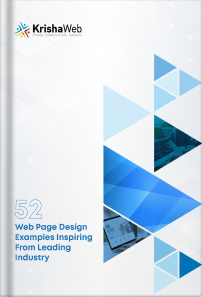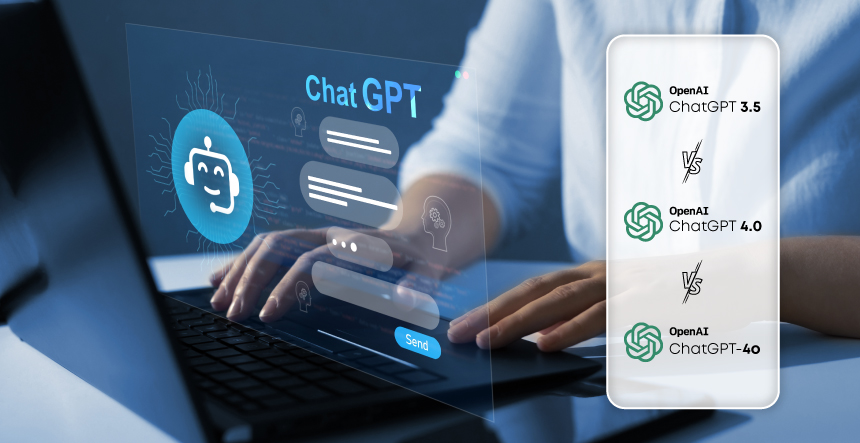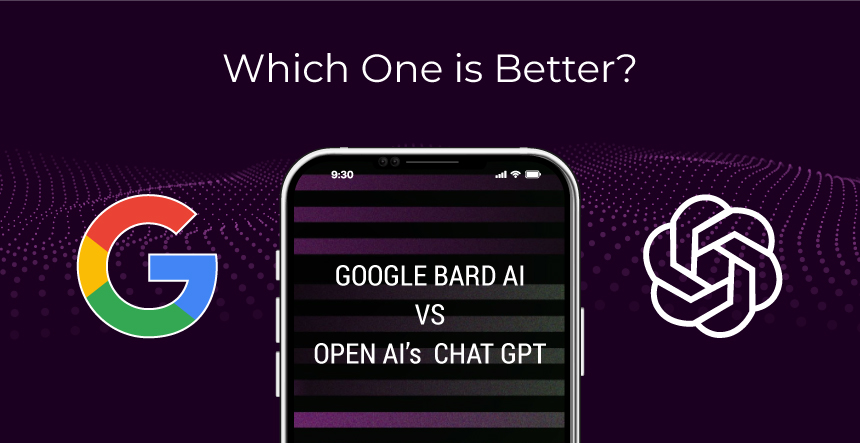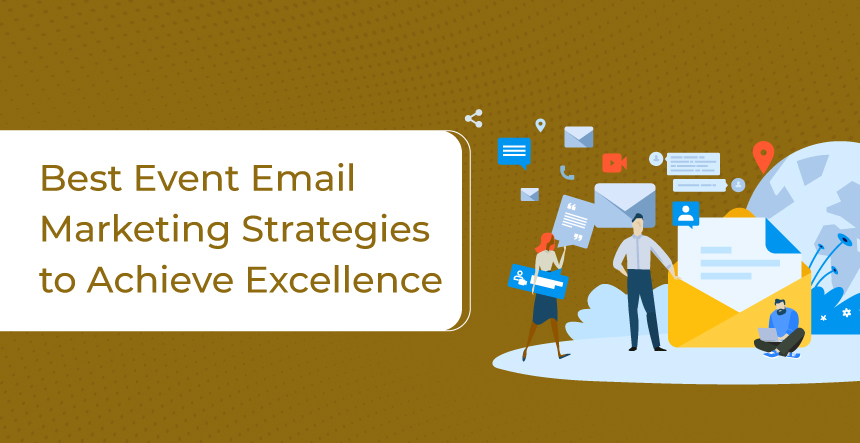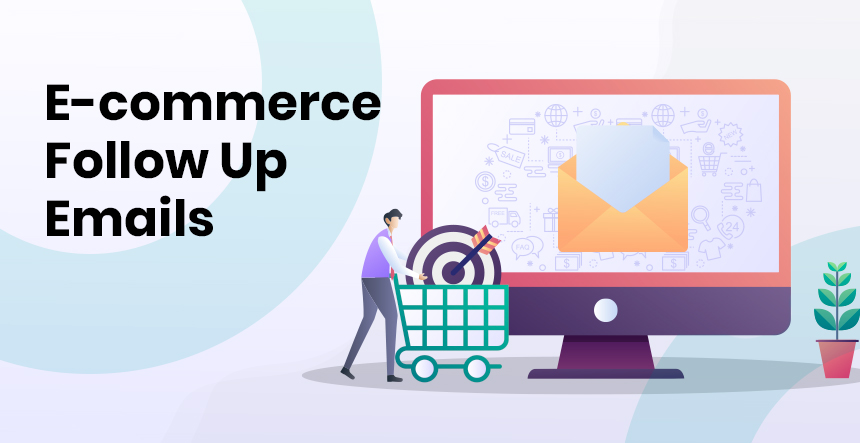
Let’s assume, you are getting enough traffic and engagement on your website. And it fulfils all the metrics in terms of users’ flow and a considerable low bounce rate. But what if it doesn’t get you enough conversions into your funnel. You may fail to generate sufficient sales despite having adequate online traffic to your website. The increasing rate of shopping cart abandonment may even frustrate you. In this scenario, you may use e-mail marketing to boost ROI. Do you know? E-mails are known to have a 3800% ROI. Therefore, you are likely to recover $38 for every dollar spent on e-mail marketing, as the e-mails have a higher engagement rate in comparison to other social media posts and the possibility of getting a click-through from an e-mail is six times higher.
Today, a majority of businesses use e-mail marketing to increase their sales. And in that marketing process, different types of e-mails are used during e-mail marketing in order to generate sales or to attract a large number of customers to online stores or to promote new products. A few follow-up email examples for eCommerce may help you understand what type of e-mail can be used in order to effectively reach the subscribers or can be useful during e-mail marketing.
What are Follow-Up Emails?
During e-mail campaigns, follow-up e-mails are used in order to engage the customers or to encourage them to perform specific tasks, such as making another purchase or connecting to a brand via their social media platforms (Twitter/Facebook). You may choose to send a single follow-up message or may send automated follow-up emails in a series.
In ‘Customer Lifecycle Marketing’, businesses use various strategies to attract, convert and retain clients. Its main purpose is to increase the revenue and to ensure that a brand grows. Customer Lifecycle Marketing has a clear definition and objective and the follow-up e-mails coexist with the broader concept of this type of marketing. When using lifecycle marketing,
- Your objective is to ensure that each customer follows a particular path through your business.
- Your goal is to engage the customers in such a way that they can move forward through these phases.
To meet this objective and to accomplish this goal, you have to interact with customers and have to engage them at the main points during their lifecycle. You may use different mediums or channels for this task and follow-up e-mails are one of these effective channels.
Framework for Follow-Up Emails
On the follow-up emails framework, four quadrants identify the campaigns and cover the following points.
- The X-Axis represents goals (from engagement to revenue)
- Y-Axis represents impact (from long-term and indirect impact to short-term and direct impact)
Each one of the following e-mails will fit into this framework. However, you have to provide every email with a primary goal (engagement or revenue generation) and a focus (indirect/long-term or direct/long-term) in order to use this framework. Some of the follow-up e-mails may spread across the spectrum. It is essential to identify the primary goal for each e-mail even in this scenario, as this is going to benefit the lifecycle marketing strategy.
7 Best Practices of Follow-Up Emails
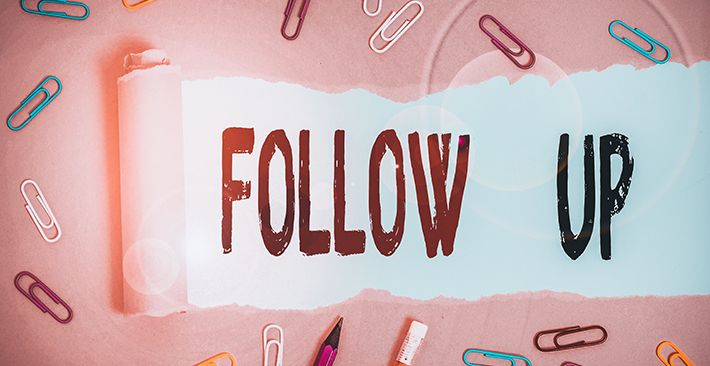
1. Use the Power of Automation
It is prudent to automate the process of setting up post-purchase/follow up e-mails. It saves you from creating an extensive Excel sheet where you have to manually record the following data.
- Every item purchased by your customers.
- The right time to send follow-up emails.
It is a time-consuming task that requires a lot of effort. Using automation, you can set the time when a follow-up e-mail is supposed to reach a customer. For example, it may be set to reach a customer 7-days or 30-days after making a purchase. It is essential to calculate the shipping time when determining the right time to send follow-up e-mails. It is equally important to factor in the time that is going to take for a customer to use and to enjoy a product.
2. Segment Your Customers Judiciously
It is prudent not to send the same e-mails to all customers. You may use geographical data or other types of demographic data for the segmentation. However, this type of segmentation is only helpful when gender-specific or location-specific products are being sold. You may use a customer’s behaviour or transaction history for the segmentation. For example,
You may send an e-mail to a customer who has bought your products or services for the first time alongside sending an e-mail to a customer who has purchased multiple products or services over a period of time. The nature of the e-mails will be different in both scenarios.
3. Catchy E-Mail Subject Lines
You have to use attractive subject lines for the follow-up e-mails, as it leads to better open-rates and click-rates. Thus, the increase in sales is directly linked to the catchy subject lines. However, it is important to ensure that the subject line is relevant to the content alongside engaging the target customer. A few examples of engaging subject lines of follow-up e-mails are –
- **% off on your next purchase!
- Enjoying the latest purchase?
- Tell us what you think and get $*** off
- Your recent purchase…
4. Think How Your Customers Think
When creating follow-up e-mails, you have to focus on the value that it brings to the customers. If you want to quickly increase sales at any cost, then your attention is on the short-run value. It is important to understand that a happy customer is likely to turn into a lifelong customer. Hence, it is prudent to focus on the long-run value when crafting follow-up e-mails and to view the entire ‘customer journey’ in the marketing funnel when creating any step.
5. Get Feedback from Customers
You may even use follow-up e-mails to have customers’ feedback regarding their latest purchases. You may use the feedback to improve the quality of products, shipping, marketing, packaging, price and communication (description, offers etc.).
6. Keep It Short
If the marketers do not know what interests the target customers, then the body of an e-mail will contain numerous promotional contents. This is not the right way to create follow-up e-mails, as a customer may not be interested in reading a long mail. Thus, it is essential to segment the target customers based on their transaction history or behaviour. It allows you to understand what may or may not appeal to the readers. You can create an engaging e-mail for a customer (that is brief and effective) based upon the following tips.
- Write a detailed message to a customer and reduce its length without excluding the main points
- Remove the filler content
- Keep all action works
7. Reward for Referral or Offer for Recommendation
You may even include the following points in a follow-up e-mail.
- Reward for Referral: You get a potential customer. You can incentivize the current customer for another purchase.
- Offer for Recommended Products: Your aim is to make a customer purchase again and to quickly complete this task. You may offer a *% discount, free shipping, *$ off or a gift if a customer makes another purchase.
12 Best Follow Up Email Examples For Ecommerce
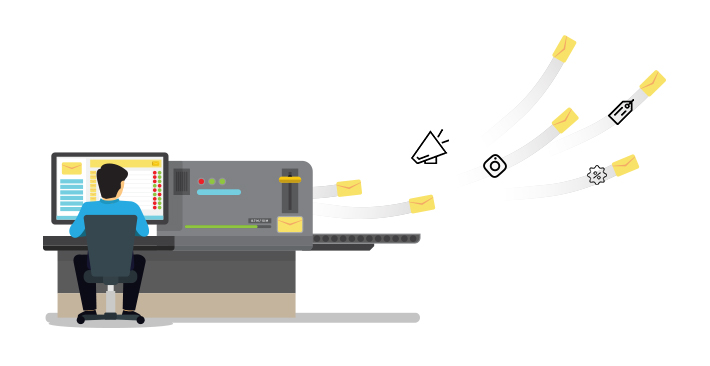
Welcoming E-mail
These follow-up email examples can be used in order to welcome first-time customers to your brand.
1. Introduction E-Mail
This e-mail is sent within the first hour of making the first purchase to provide customers with the following messages.
- Inform customers regarding your company, team and values and about you
- Communicate the stories of how the company has grown
- Provide your customers with the behind-the-scenes story of your company and let them feel connected
2. Discovery E-Mail (Content Marketing/Social Connection)
You have to send this type of e-mail within 3-5 days after the first purchase. This type of e-mail can be sent in order to let the customers discover how to connect or engage with your brand. For example,
- You may direct the customers to the blogs on your website or to popular blog posts.
- You may ask them to connect via a social media profile
In 2013, 43% of the e-commerce stores were successful at leveraging the blogs to convince the prospective buyers for making the first purchase. This is the power of content marketing. It has continued to grow over the years and has become a larger marketing channel.
3. Discovery E-Mail (Product Catalog)
You may send this type of e-mail 14 days after a customer’s first purchase to discuss the following points.
- About your products: Why your products are special and why they are loved by other customers
- Make personalized recommendations about products: Enable the shoppers to explore the products that they would like, however, failed to notice during the first purchase.
4. Incentive E-Mail
You have to send this type of e-mail 21-28 days after a customer’s first purchase. You may send a discount coupon with this type of e-mail as an incentive to encourage the new customers to make another purchase from your store. The industry statistics show that first-time customers who make the second purchase are supposed to continue to invest in your brand. Therefore, repeat customers are profitable for your business.
Post-Purchase E-Mails
The purpose of sending post-purchase e-mails is to receive feedback regarding the quality of your products or services as well as a customer’s overall experience. You may send the following post-purchase e-mails over a period of 30 days after a customer’s first purchase.
5. Feedback E-Mail
You may send this type of e-mail almost 3-7 days after a purchase depending upon the time of delivery.
- After receiving negative feedback, you can identify the disgruntled customers and try to resolve their issues alongside taking necessary measures to prevent such mistakes in the future.
- After receiving positive feedback, you can identify satisfied customers and may use their feedback as testimonials on your website.
6. Product Review E-Mail
You may send this type of e-mail 7-14 days after the purchase, as a customer is likely to have unpacked and used a product by this time. The customer reviews have been found to increase the revenue up to 18% after being displayed on a company’s website, as it is authentic. To have positive reviews, you have to sell fine-quality products and offer excellent customer experiences. These steps will ensure positive reviews from customers via e-mail.
7. Discount Reminder E-Mail
This e-mail is usually sent 14-30 days after the first purchase and 24 hours before the expiry of a discount coupon. If you include a discount in the e-mail receipt, then it may lead to acquiring additional revenue. This type of e-mail builds a sense of urgency in customers and is likely to encourage the customers for an impulse buy in order not to lose the discount.
8. Cross-Sell E-Mail
This type of e-mail is sent 14-21 days after a customer’s first purchase. The up-selling and cross-selling techniques are used to heighten the customer-lifetime value. You may use the cross-sell e-mails to let your customers discover the products that they may like and purchase.
9. Loyalty E-Mail
You may send this e-mail almost 28 days after a customer’s last purchase. It is sent to the customers who have purchased more than one product from any business, as the repeat customers are happy customers and are likely to refer the products/services to others. You may incentivize this possibility using loyalty e-mails with the following benefits.
- You may offer lucrative deals to a loyal customer for a referral. It encourages him/her to make another purchase whilst becoming an additional source of satisfaction.
- Referred customers are likely to spend 13% more than the customers who have been acquired through other channels.
Win-Back Campaign
10. Win-Back E-Mails
A customer is regarded as an inactive customer if he/she has not purchased in ‘X’ days (3-times the average days between the orders) from a business. A sequence of e-mails is used in order to re-engage the inactive customers and to encourage them for another purchase.
- The first e-mail has to be sent to a customer on the day he/she is regarded as an ‘inactive customer’.
You may offer a small discount to the customer through this e-mail and persuade him/her to make another purchase. You have to craft this e-mail as emotively as possible. - The second e-mail is sent after 7 days from the date when a customer became inactive.
It can be used to remind a customer regarding the discount and for personalized product recommendations. - The third e-mail is sent after 14 days from the date when a customer became inactive.
You may use this e-mail to offer higher discounts whilst limiting the timeframe to create a sense of urgency.
Anniversary and Abandoned Cart E-Mails
11. Abandoned Cart E-Mail
It is a fact that about 40%-70% of the prospective customers are likely to abandon the shopping carts. However, it is possible to bring back almost 10% of the customers who abandoned the shopping cart. A sequence of e-mails is sent at varying intervals in this scenario.
- One hour after abandoning the shopping cart
The purpose is to enquire about the reason behind the abandonment. - One day after abandoning the shopping cart
A discount coupon is sent in order to bring a customer back to the cart and to complete the checkout. - 3 days after abandoning the shopping cart
This e-mail is sent as the last effort to pursue a customer in order to complete the checkout process and to remind him/her that the discount offer is about to expire.
12. Anniversary E-Mail
This type of e-mail is sent one year after a customer’s first purchase. Through this mail, you have to offer a discount on any purchase which is made on the anniversary of a customer’s first purchase.
So, Ready to Add Follow-up Emails in Your Marketing Strategy?
It is important to remember that all businesses do not work in the same manner. Hence, you may use some of the aforementioned follow-up e-mails during an e-mail marketing campaign. However, you have to identify effective follow-up e-mails for your business. You may use the ‘A/B split testing’ tool or may contact a professional for this task.





